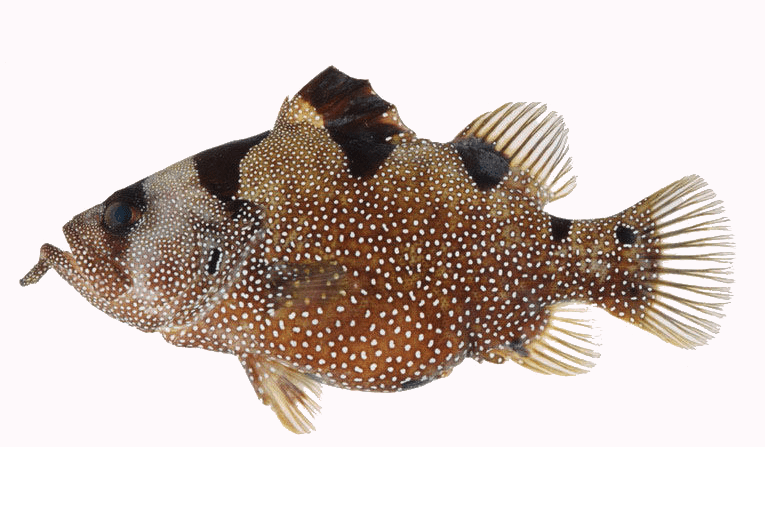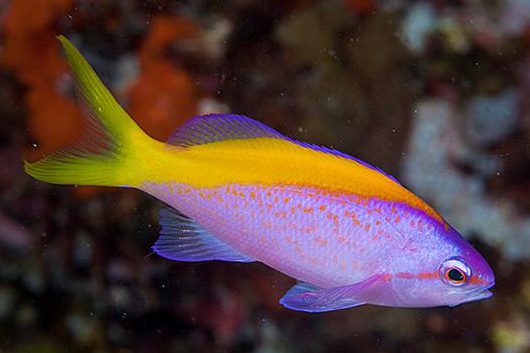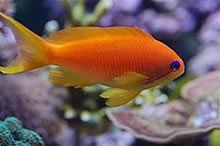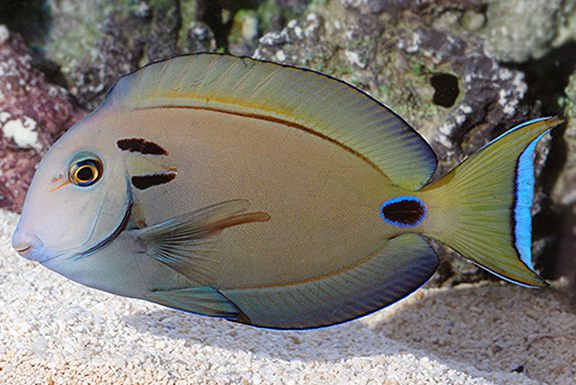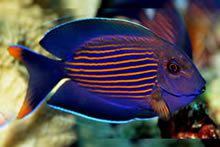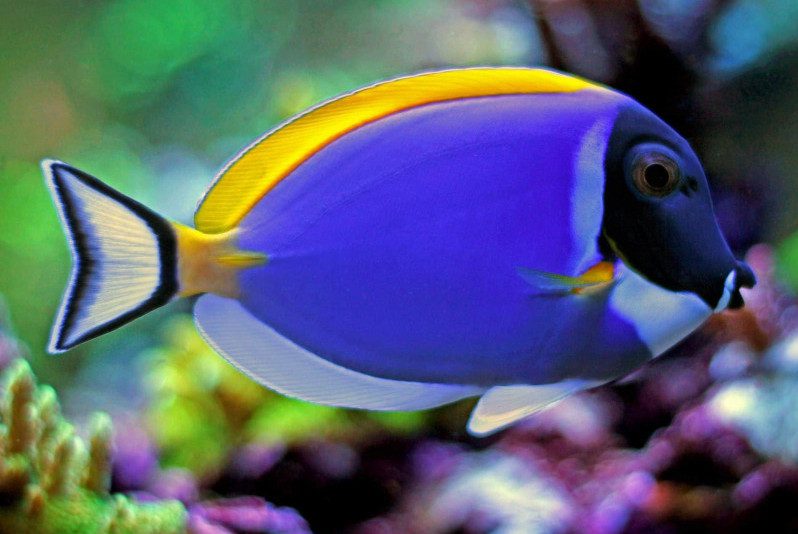Description
Aquarium Requirements:
- Tank Size: 125 gallons (475 L) minimum for juveniles; 250+ gallons (950+ L) essential for adults, with extensive rockwork for hiding
- Water Parameters:
- Temperature: 72–78°F (22–26°C)
- pH: 8.1–8.4
- Salinity: 1.020–1.025 SG
- Ammonia/Nitrite: 0 ppm
- Nitrate: <20 ppm
- Water Flow: Moderate, varied (10–15× tank volume per hour) with good oxygenation
- Lighting: Low to moderate (PAR 50–150); suitable for fish-only setups
Size & Lifespan:
- Adult Size: 12–14 inches (30–36 cm)
- Lifespan: 8–12 years with robust filtration, varied diet, and stable conditions
Behavior & Tank Mates:
- Primarily nocturnal; shy and reclusive by day, hiding in caves or overhangs, emerging at night to hunt—becomes tamer and more interactive over time
- Aggressive predator; solitary and territorial, may consume smaller tank mates or outcompete during feeding
- Best kept alone or with much larger, robust species in oversized tanks
- Compatible with:
- Large, semi-aggressive fish like moray eels, large wrasses, triggers, or rabbitfish
- Avoid: small fish, shrimp, crabs, snails, or anything that fits in its mouth; other groupers or soapfish
- Not reef-safe – will eat inverts and may damage corals; toxic mucus can poison tank if stressed or dies
- Secure lid essential to prevent jumping; venomous spines require careful handling
Diet & Feeding:
- Carnivorous ambush hunter – thrives on meaty foods mimicking crustaceans, fish, and cephalopods
- Feed 1–2 times daily with substantial portions:
- Frozen or fresh krill, shrimp, squid, or small fish chunks (primary diet)
- Live foods initially if needed to trigger feeding (e.g., feeder fish or crabs)
- High-quality carnivore pellets or sinking sticks once acclimated (e.g., NLS Predator Formula)
- Essential: Varied diet to prevent deficiencies; heavy feeder increases bioload—remove uneaten food promptly
Additional Care Notes:
- Expert-only species – challenging due to size, aggression, and toxin risks; mandatory 4–6 week quarantine with UV sterilizer
- Drip acclimate slowly (2–3 hours); highly sensitive to stress, poor water, or copper treatments
- Provide abundant rock caves, ledges, and overhangs for security; thrives in fish-only with live rock (FOWLR)
- Oversized filtration (protein skimmer, refugium) critical for waste management
- Wild-caught only – not captive-bred
- A dramatic centerpiece for large, aggressive setups, but plan for outgrowing home aquariums

